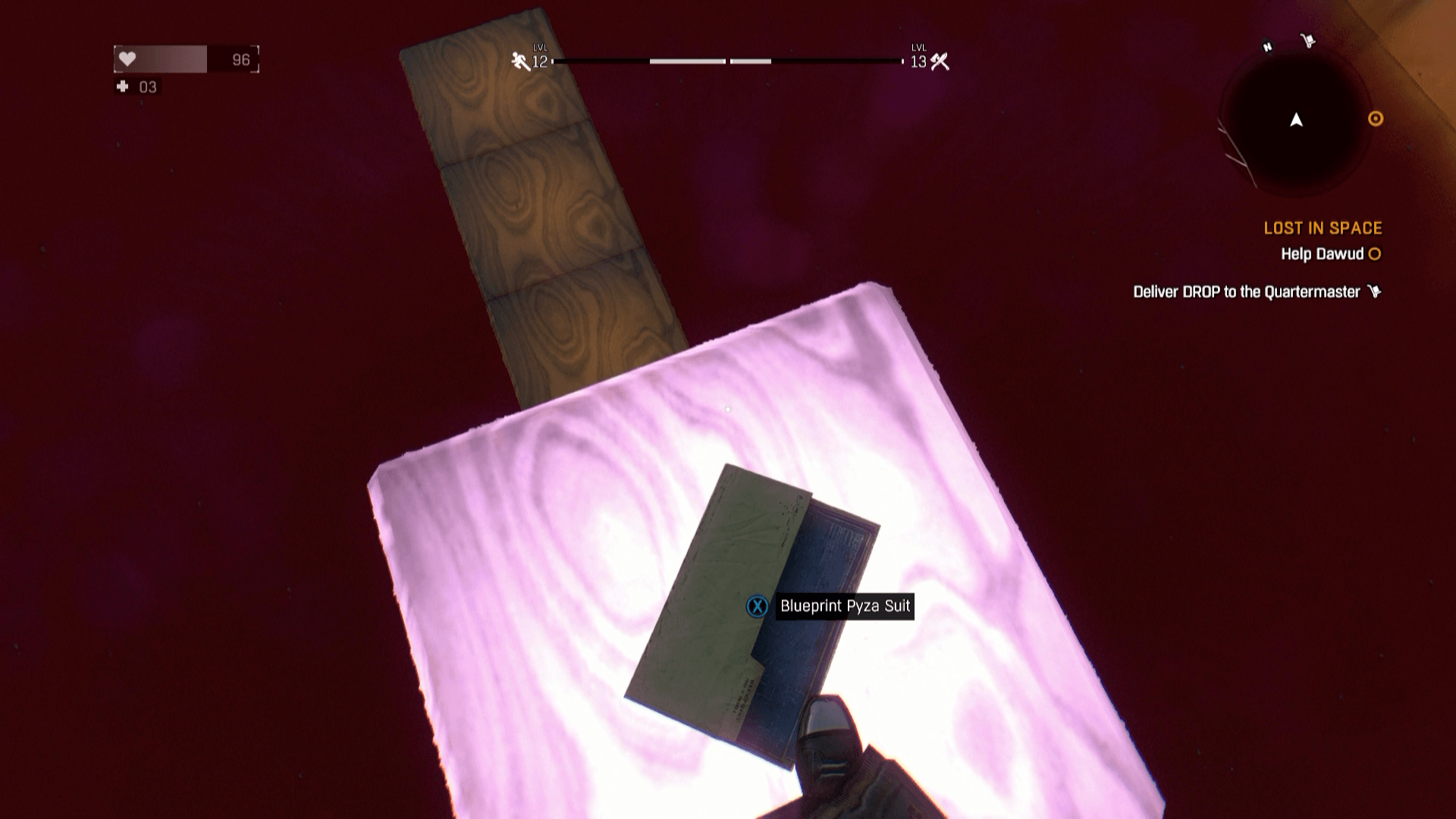

Lavenders require a very little amount of fertilizer. Let the lavenders revive themselves gradually. After a month, water every two weeks.īut when you have already transplanted them in winter then stop watering after one or two weeks. If you’ve transplanted them during spring or summer then water them only once every week for a month.
Dying light lavender how to#
Now, you might be wondering how to help the lavenders that are dying because of transplant shock. And while transferring make sure you get them out of the ground very carefully. This will allow your plant to avoid transplant shock as much as possible. Transplant the lavenders in early spring. If you have transplanted your lavender, especially in the winter then this might be the reason why the lavender is dying after the transplant. However, they cannot tolerate cold soil that well. But if the lavenders are planted in the garden, transplant them to another place that receives plenty of sunlight daily. Relocate your potted lavenders under the sun. If they get less than that the leaves will turn yellow and slowly the lavenders will die. Your lavenders need at least 6-7 hours of sunlight every day to stay healthy. If the lack of sunlight keeps continuing they will gradually start dying.

When they are not getting enough sun exposure they won’t be producing many flowers.
Dying light lavender full#
Lavenders are native to Countries like France, Italy, and Spain where they get full sunlight the whole day. If your indoor lavenders are dying the same way then change the potting mixture and plant them in a pot that is big enough to let the roots grow freely. Then you can continue your regular watering schedule. When the roots will dry out properly you will see your lavenders are starting to look healthy. After replanting the lavenders wait for 2 weeks before watering. You can make raised beds and plant your lavenders there to avoid any kind of waterlogging conditions. So, replant the lavenders back in their place with the new soil mix. Then add some sand to amend the soil. 40 % of sand and 60% of soil is a good lavender soil mix recipe. To save your dying lavenders you need to remove them from the ground temporarily. Because organic matters hold moisture which creates an overwatered situation for the lavenders. Make sure the soil doesn’t contain much organic matter. You see, overwatering and unsuitable soil kind of work together and cause problems for lavenders. Lavenders like to be in sandy soil that drains water very quickly. If you see your lavender leaves wilting without turning brown, this means they are dying because of the wrong kind of soil. Clearly, when they are planted in heavy and compacted clay soil their roots cannot withstand the moisture and the plant starts to die. Being adjusted to the dry weather lavenders love soils that hold very little moisture. Lavender roots like to be in well-draining and dry soils. It’s best to check the soil with a moisture meter to find out exactly how much to water ( Our pick: Atree Soil Soil Tester Kits with Moisture, Light, and PH Test for Garden). Watering needs depend on many things like rainfall, humidity, etc. Because there is no basic rule in this case. But the amount of water they need is not fixed. watering once every two weeks is more than enough during very hot spells. Usually, when the lavenders are 2-3 years old they don’t need much watering. In the case of potted lavenders, bring them inside your house during the rainy season. Protect them from rainfall otherwise, they will end up dying because of all the extra water. If your lavender is showing signs of overwatering issues like wilting and droopy appearance then cut back on the water for at least three weeks in a row. Now, one can wonder how to revive the overwatered lavenders. Moreover, the whole plant will have a wilting appearance. Root rot will turn the lavender leaves brown or grey. You should strictly avoid overwatering because it will cause many fungal diseases including root rot. Additionally, the whole plant becomes leggy and the leaves start to turn brown. Overwatered lavenders look like they are wilting and dying in the middle. What does overwatered lavender look like? Also, they require very little water to produce flowers. Therefore lavenders can tolerate drought exceptionally well.

You see, lavenders are native to Europe where the weather is dry. The most common reason for the lavender plant dying from the bottom up is overwatering. Why Are The Causes of Lavenders Dying? 1.Overwatering The Lavenders 1 Why Are The Causes of Lavenders Dying?.


 0 kommentar(er)
0 kommentar(er)
